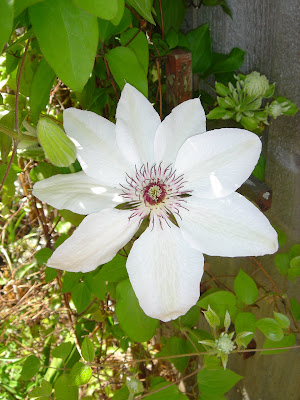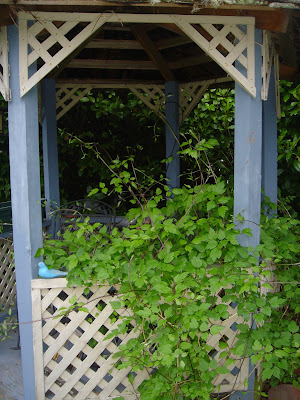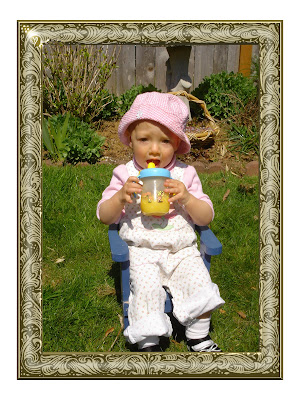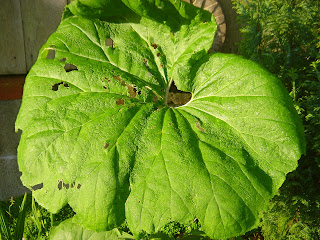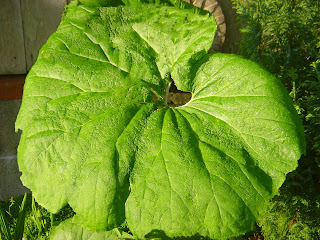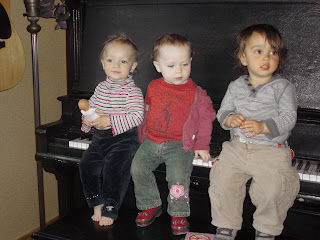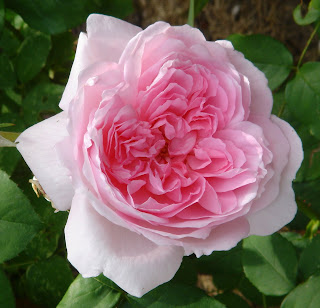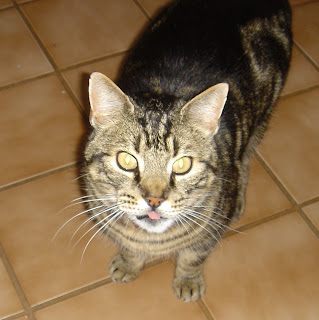The month of June is named after the Roman goddess Juno. She was married to Jupiter and was the guardian of women and happy marriages. June is the most popular month for weddings, at least in the U.S. and Canada. June marriages are considered lucky-- this goes back to ancient mythology and superstition. "Marry in May and you'll rue the day" is an old proverb, but the Roman saying went "Prosperity to the man and happiness to the maid when married in June." For Roman women, June was a busy month at the temples.
June 1. The ancient Roman festival of Juno Moneta (Latin source of the word money.) On this day the goddess Juno warned women who were about to make bad marriages. Along with love advice, her temple also contained the original mint. Money and marriage...
 Vesta
VestaJune 11. Women celebrated Matralia on this day. They asked the blessings of the goddess for their children and their sister's children. As part of the ritual, the women drove a slave girl who represented night from the temple to symbolize the arrival of dawn.
 Fortuna
FortunaOh yes. On this day in Iceland, folklore says if you bathe naked in morning dew you will keep aging at bay for another year.























